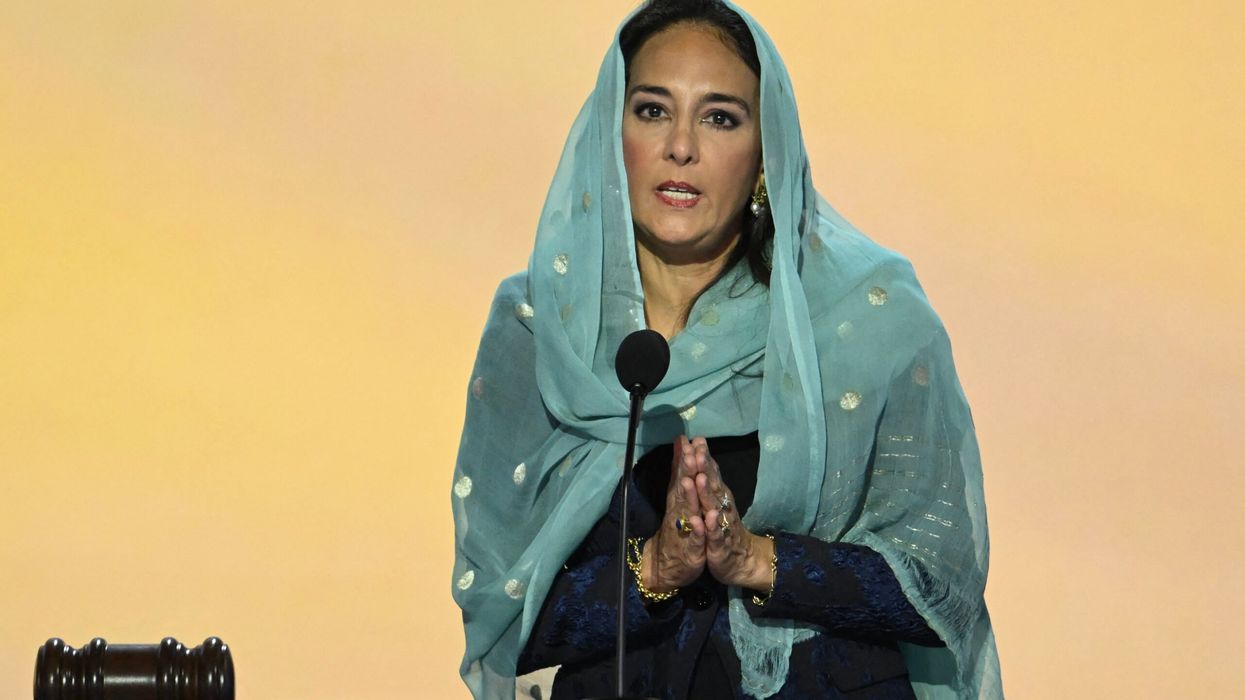Parts of London with a large Asian population have more adult children living with their parents in 2021 compared to a decade ago, latest data from the Office for National Statistics (ONS) has revealed.
Published on Wednesday (10), the survey showed more than one in four (26.8 per cent) London families had at least one adult child in the home, the largest proportion of any English region.
Adult children refers to a person aged over 18 years who is living with their parent(s) and does not have a spouse, partner or child living with them. It also includes anyone aged 16 to 18 years who is not in full-time education and does not have a spouse, child or partner living with them.
Six of the 10 local authorities with the highest proportion of families with adult children were in London. The highest was in Brent, where almost one in three (32.4 per cent) families had adult children living with them.
Other areas where families with adult children were most common include Leicester (30.4 per cent), Knowsley (30.2 per cent) and Birmingham (29.9 per cent).
Adults were more likely to live with their parents in areas where housing is less affordable and they were also more likely to be unemployed, or providing unpaid care.
The proportion was smaller in the south west, at around one in five (19.3 per cent) families. In Wales, 23.2 per cent of families had at least one adult child.
In local areas, the lowest proportions were in Rutland (16.4 per cent), followed by Cotswold (16.9 per cent) and Rushcliffe (16.9 per cent).
Cities in England and Wales with some of the lowest proportions of families with adult children include Cambridge (17.2 per cent) and Winchester (17.3 per cent).
According to the ONS data, the fastest increase in the number of families with adult children between 2011 and 2021 was in London at 24.5 per cent.
Among all local authorities, Tower Hamlets (46.1 per cent), Barking and Dagenham (38.5 per cent) and Newham (38.1 per cent) saw the highest growth rates of families with adult children. These neighbouring areas together form a strip along the Thames in East London.
These areas were among the 276 (83.6 per cent) of local authorities in England and Wales where the number of families with adult children grew faster than the overall number of families, the ONS said. This led to an increase in the proportion of families with adult children.
There were 16 (4.8 per cent) local authorities where the number of families with adult children fell between 2011 and 2021. Of these, four were in each of the north west and north east, and three were in Wales.
In general, the number of families in England and Wales with adult children living with their parents rose 13.6 per cent between the 2011 census and census 2021 to nearly 3.8 million.
In 2021, around one in every 4.5 families (22.4 per cent) had an adult child, up from around one in five (21.2 per cent) in 2011.
The total number of adult children living with their parents increased 14.7 per cent in the same period from around 4.2 million in the 2011 Census to around 4.9 million in Census 2021.
Male adult children outnumbered females in 2021 at a ratio of about 3 to 2 (60.8 per cent and 39.2 per cent, respectively).
The average age of adult children living with their parents in England and Wales in 2021 was 24 years, one year older than in 2011. Adult children were oldest in London, where the average age was 25 years.
In five London boroughs, the adult children’s average age had risen to 26 years. These include the boroughs of Harrow (up from 24 years), Ealing, Hammersmith and Fulham and Brent (all up from 25 years).
Haringey also saw the average age of adult children rise to 26 years from 24 years. Selby, in Yorkshire and The Humber, had the lowest average age of all local authorities at 23 years (unchanged from 2011).
Across England and Wales, the share of 20- to 24-year-olds living with their parents rose from 44.5 per cent to just over half (51.2 per cent). Similarly, the share of 25- to 29-year-olds living with their parents rose from around one in five (20.1 per cent) in 2011 to more than one in four (26.7 per cent).
The data also revealed that more than one in 10 (11.6 per cent) of those aged 30 to 34 years were living with their parents in Census 2021, up from 8.6 per cent a decade earlier.
In 2021, 11.3 per cent of families with adult children were in overcrowded households compared with 5.1 per cent of families without adult children.
Overcrowding was more common among lone-parent (13.5 per cent) and cohabiting (11.1 per cent) families with adult children compared with married or civil-partnership families with children (9.7 per cent).














